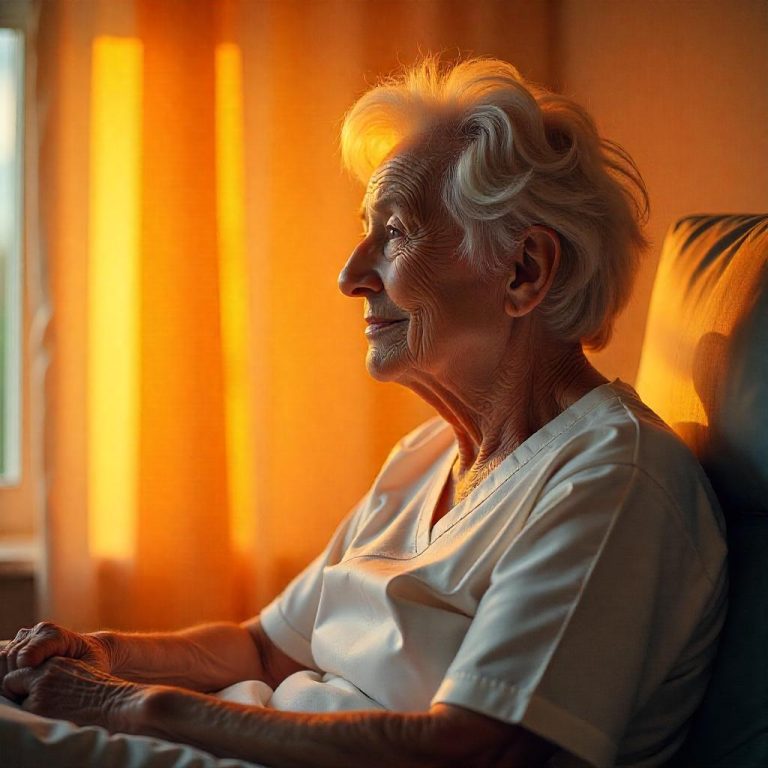In today’s world, it’s not just the fast-paced nature of modern life that contributes to stress — the digital age itself is playing a significant role in elevating anxiety levels across the globe. From constant connectivity and the rise of social media to the pressure of information overload, it seems that stress and anxiety are becoming more common than ever. Let’s dive into how the digital age is contributing to higher levels of anxiety and stress, and why we might be feeling more overwhelmed than ever before.
1. Constant Connectivity: The Never-Ending Noise
One of the most significant changes brought about by the digital age is the constant connectivity provided by smartphones, social media, and messaging apps. While these innovations have made life more convenient, they have also blurred the lines between work, social life, and personal time.
- Always “On”: With the ability to check emails, messages, and social media at all hours, there’s an unspoken pressure to always be available. This constant demand for attention can increase stress and anxiety as people struggle to manage their work and personal life boundaries.
- FOMO (Fear of Missing Out): Social media platforms amplify this feeling by creating a digital environment where everyone is constantly updating their lives, often showing only the best moments. This can lead to feelings of inadequacy, loneliness, or anxiety as people compare their real lives to the curated, idealized versions of others’ lives. The fear of missing out on experiences, news, or trends can drive people to stay plugged in 24/7, leading to digital burnout.
2. Information Overload: Too Much, Too Fast
With the rise of the internet and social media, we have access to a staggering amount of information — much of it is available at the touch of a button. While access to information is a great advantage, it can also overwhelm us.
- Too Much Information: The constant flow of news, updates, and alerts from social media, news outlets, and apps can be exhausting. The 24-hour news cycle keeps people constantly engaged with breaking news, much of it related to global crises, politics, and social unrest. This constant influx of negative information can heighten feelings of anxiety and helplessness.
- The Anxiety of Being Overwhelmed: Studies have shown that an overabundance of information can lead to decision paralysis, stress, and heightened anxiety levels. People are bombarded by notifications and updates, making it difficult to focus or decompress. The brain is not designed to process the sheer volume of information we receive today, and this overload can lead to mental exhaustion and a constant state of low-level anxiety.
3. Social Comparison and Mental Health
Social media platforms like Instagram, Facebook, and TikTok have created an environment ripe for social comparison. The content shared on these platforms often showcases the most idealized and filtered version of people’s lives, which can lead to feelings of inadequacy or anxiety.
- Curated Perfection: People post photos of vacations, celebrations, and accomplishments, creating a skewed sense of reality that others feel they must live up to. This can cause stress, as individuals feel pressured to meet unrealistic standards set by their peers or influencers they follow online.
- Impact on Self-Esteem: Constant exposure to these “highlight reels” can contribute to negative body image, low self-esteem, and depression. People may start questioning their own worth or feel as though they are missing out, exacerbating anxiety.
- The Digital “Echo Chamber”: Social media algorithms often show us content that reinforces our existing beliefs, interests, or fears. While this can make us feel understood and connected, it also means that we are exposed to more of what stresses or worries us. People may be stuck in an echo chamber of negativity, which can fuel anxiety about the world around them.
4. Workplace Stress and Remote Work
The digital age has brought about a shift in how we work, with more people working remotely or in hybrid models. While this can offer flexibility, it can also create additional stress and anxiety.
- Work-Life Imbalance: With technology, work can follow us home. Many remote workers struggle to set clear boundaries between their work and personal lives, leading to burnout and feelings of being “always on.” The pressure to perform without clear separation between work and rest time can lead to chronic stress.
- The “Always Available” Expectation: Even outside regular working hours, the expectation to respond to emails, messages, or tasks can lead to an ongoing sense of pressure. Many employees feel they must remain available and responsive, which can increase stress levels and cause a sense of inadequacy when they don’t meet those expectations.
5. The Dopamine Cycle: Instant Gratification and Addiction
The digital world, particularly social media, is designed to keep us hooked. Platforms and apps use algorithms that encourage us to interact with content constantly, rewarding us with instant gratification in the form of likes, comments, or shares. This can create a cycle that increases stress and anxiety over time.
- Dopamine Hits: Every time we receive a notification or like on a post, our brain releases a small amount of dopamine, a “feel-good” chemical. However, this also creates a cycle of dopamine dependence, where we crave more validation or interaction, even if it leads to stress and mental exhaustion.
- Addiction to Connectivity: The addictive nature of these platforms can mean that people spend more time online than they realize, negatively impacting their well-being. Social media can become a source of anxiety, especially when users feel the pressure to present a perfect life or keep up with the constant updates of their peers.
6. Cyberbullying and Online Harassment
The anonymity provided by the internet has unfortunately led to a rise in cyberbullying and online harassment. For both young people and adults, negative online interactions can contribute to stress, anxiety, and depression.
- Trolling and Harassment: Social media platforms, gaming communities, and forums can be breeding grounds for online bullying. The emotional toll of being harassed or targeted online can lead to increased anxiety and a sense of helplessness.
- Privacy Concerns: With the increasing amount of personal information shared online, there is also a growing fear of privacy breaches and identity theft, which can cause significant stress. People feel their lives are more exposed than ever, contributing to feelings of insecurity and vulnerability.
7. Sleep Disruption and the “Blue Light” Effect
Smartphones and digital devices have made it more difficult for people to disconnect and get the rest they need. Blue light emitted from screens interferes with the production of melatonin, the hormone that helps regulate sleep.
- Impact on Sleep: Excessive screen time, particularly before bed, can interfere with sleep quality and contribute to insomnia. Poor sleep is closely linked to heightened stress and anxiety, and a lack of rest can create a vicious cycle where anxiety makes it harder to sleep, and lack of sleep increases anxiety.
- Constant Screen Time: The desire to stay connected or catch up on social media before bed can lead to extended screen time, which worsens sleep disruption. Not getting enough quality sleep can exacerbate feelings of stress, irritability, and anxiousness the following day.
8. Digital Detox: Reclaiming Balance
Given all these contributing factors, many people are seeking ways to reclaim their peace of mind and combat the anxiety caused by the digital age. The idea of a digital detox — taking intentional breaks from technology — has gained popularity.
- Taking Breaks: Many experts recommend regular breaks from screens, especially before bedtime, to allow the body and mind to relax. Mindfulness practices, including meditation and deep breathing, can help individuals manage stress and anxiety.
- Setting Boundaries: Setting boundaries with work-related digital communication and taking time off from social media can help reduce stress and allow for better mental health. Creating “tech-free zones” or designated times to be offline can provide some relief from the constant pressure of being connected.






